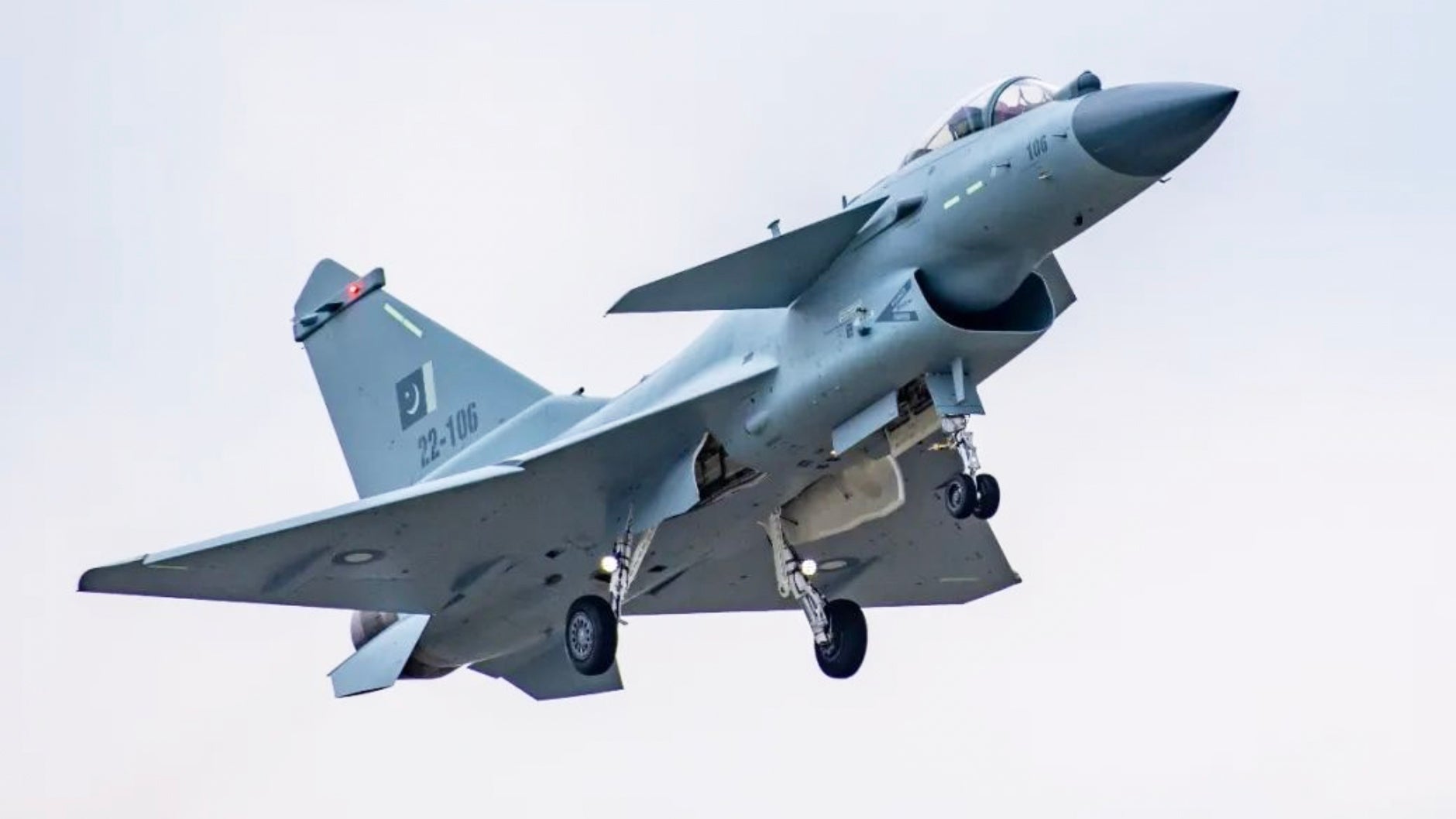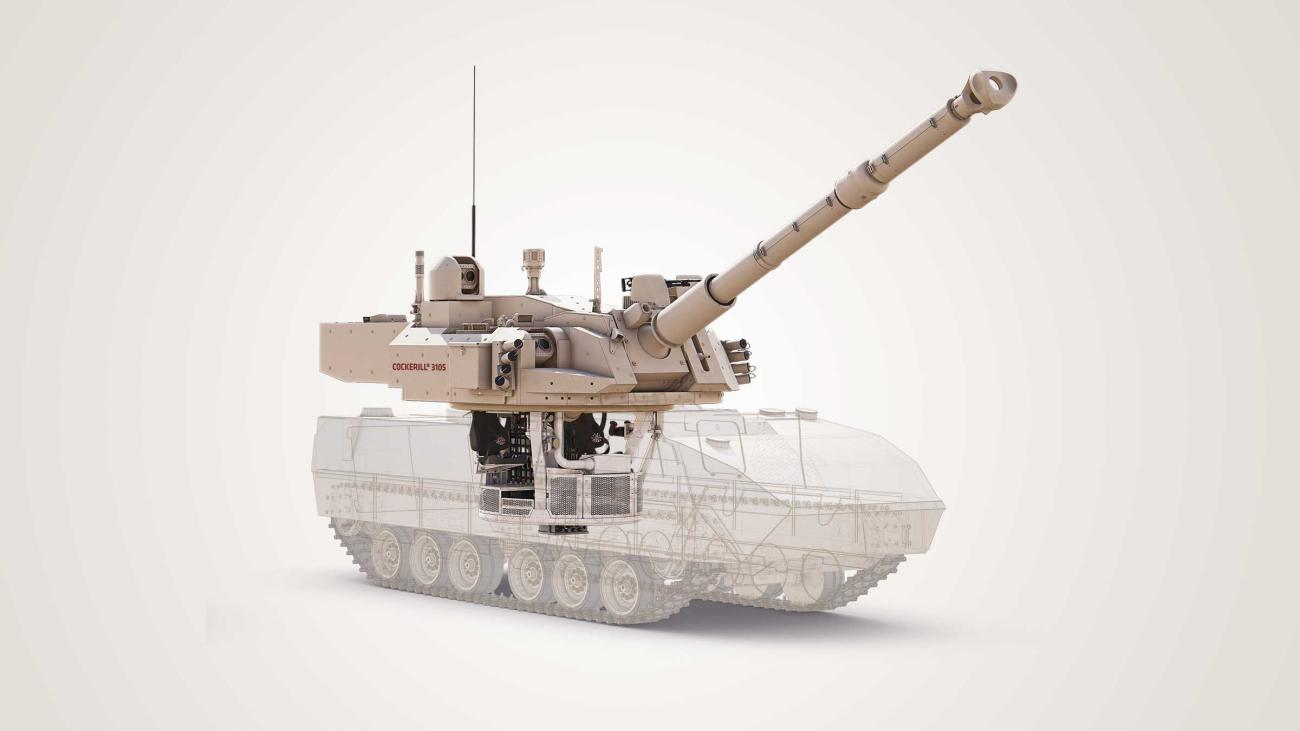SOURCE: RAUNAK KUNDE / NEWS BEAT / IDRW.ORG

Lockheed Martin has confirmed that deliveries of all 14 remaining MH-60R Seahawk helicopters to the Indian Navy will be completed by next year. The company has reaffirmed its commitment to supporting India’s naval aviation capabilities with the timely delivery of these multi-mission helicopters.
Currently, ten MH-60R helicopters are available for operational use by the Indian Navy. Lockheed Martin stated, “Ten MH-60R helicopters are presently available to the Indian Navy for operations. A total of 24 MH-60Rs will be delivered to India over the next year.”
Continue readingSOURCE: AFI


In a significant boost to India’s naval aviation capabilities, India and France have concluded negotiations for the purchase of 26 Rafale M fighter aircraft in a deal valued at USD 7.6 billion. The formal agreement is slated to be signed in April 2025 during a visit by the French Defence Minister to India, marking another milestone in the deepening defense ties between the two nations.
The Rafale M jets will Supplement the Indian Navy’s aging fleet of MiG-29K and MiG-29KUB aircraft, enhancing the operational readiness of its aircraft carriers, INS Vikrant and INS Vikramaditya, and reinforcing India’s maritime presence in the Indian Ocean Region.
Continue readingSOURCE: AFI


In a groundbreaking development for defense technology and international collaboration, NewSpace Research and Technologies (NRT), a Bengaluru-based innovator in autonomous systems, has announced a technology partnership with the U.S. Army DEVCOM Army Research Laboratory (ARL). This collaboration aims to develop and integrate cutting-edge intelligence and autonomy algorithms for multi-agent sensing and operations on Blue UAS-approved hardware, marking a significant milestone in Indo-US defense cooperation. The partnership aligns with the Foreign Technology (and Science) Assessment Support program (FTAS), which encourages the exploration of innovative ideas to enhance U.S. Army initiatives.
This collaboration is the first autonomous systems-centric FTAS between India and the United States, underscoring the growing synergy between the two nations in critical and emerging technologies. The partnership will focus on leveraging NRT’s expertise in autonomous systems to develop algorithms that enable multi-agent sensing and operations—key capabilities for modern unmanned aerial systems (UAS). These advancements will be integrated into Blue UAS hardware, a framework established by the U.S. Department of Defense to ensure compliance with the National Defense Authorization Act (NDAA) and to promote secure, interoperable UAS platforms.
Continue readingSOURCE: AFI


In a significant blow to Pakistani claims of air superiority, the Royal United Services Institute (RUSI), one of Europe’s most respected defense think-tanks, has dismissed assertions that the Chinese-built J-10C fighter jet, potentially in service or on offer to the Pakistan Air Force (PAF), holds a “first-shot edge” over the Indian Air Force’s (IAF) Rafale.
In a detailed analysis, RUSI expert Justin Bronk highlighted the Rafale’s superior kinematic performance, electronic warfare capabilities, and the edge provided by its Meteor missile over the J-10C’s PL-15, affirming the IAF’s advantage in long-range aerial engagements against both the PAF and the Chinese People’s Liberation Army Air Force (PLAAF).
Continue readingSOURCE: AFI


In a landmark achievement for India’s defense innovation ecosystem, Bengaluru-based startup Pravaig Dynamics has been honored with the Prime Minister’s Award for Innovation in Defence Excellence (iDEX) for its groundbreaking VEER Electric Tactical All-Terrain Vehicle (E-TATV). This recognition, conferred by the Defence Innovation Organisation (DIO) and the Prime Minister’s Office (PMO) of India, underscores Pravaig’s pivotal role in advancing India’s strategic autonomy by developing cutting-edge, indigenous defense technologies.
The award marks a significant step toward reducing India’s reliance on foreign entities—a vulnerability starkly highlighted by conflicts like Ukraine’s, and one that India has grappled with in its own defense procurement history.
Continue readingSOURCE: IDRW.ORG


After nearly a decade of development, India’s Defence Research and Development Organisation (DRDO) has finally shed light on the underwater travel mechanics of the K-4 Submarine-Launched Ballistic Missile (SLBM), deployed on the Arihant-class nuclear submarines. This revelation marks a significant milestone in India’s pursuit of a credible sea-based nuclear deterrent, positioning the K-4 as a unique contender among global SLBMs. Unlike its American and Chinese counterparts, the K-4 incorporates a distinctive nose cap design—akin to that of the BrahMos supersonic cruise missile—offering a fresh perspective on underwater missile dynamics and maneuverability.
The K-4 SLBM, developed to arm India’s indigenous Arihant-class ballistic missile submarines (SSBNs), is a two-stage, solid-fueled missile with a reported range of approximately 3,500–4,000 kilometers. Weighing nearly 17 tons and measuring 12 meters in length, the missile is designed to carry a payload of up to 2 tons, delivering nuclear warheads with pinpoint accuracy (a circular error probable of less than 10 meters). Launched from a submerged platform, typically at a depth of around 50 meters, the K-4 enhances India’s second-strike capability, aligning with its “no first use” nuclear doctrine.
Continue readingSOURCE: IDRW.ORG


Solar Industries, a Nagpur-based leader in defense manufacturing, has confirmed that its cutting-edge Bhargavastra Counter Unmanned Aerial System (CUAS) will feature a versatile hardkill interceptor capability, incorporating both guided Bhargavastra micro-missiles and unguided Bhargavastra rockets.
This dual-mode approach marks a significant evolution in India’s indigenous counter-drone technology, offering a flexible and cost-effective solution to neutralize the growing threat of unmanned aerial vehicles (UAVs), including swarm drones. The announcement reinforces Solar Industries’ position at the forefront of India’s defense innovation landscape, aligning with the nation’s Aatmanirbhar Bharat (Self-Reliant India) initiative.
Continue readingSOURCE: AFI


In recent years, the Lockheed Martin F-35 Lightning II has emerged as a contender in discussions about modernizing the Indian Air Force (IAF), often pitted against alternatives like the Rafale, Su-35, or indigenous options like the Tejas and AMCA. However, a persistent concern raised by the anti-F-35 lobby in India revolves around a rumored “kill switch”—a supposed mechanism that would allow the United States to remotely disable the aircraft if India were to act against American interests. This narrative, steeped in conspiracy and mistrust, has gained traction in defense circles. But is there any truth to it? Let’s unpack the myth, examine the systems fueling these fears, and explore where the real control lies.
At its core, the “kill switch” myth suggests that the U.S. can flip a switch—either mid-flight or on the ground—and render an F-35 inoperable, effectively neutralizing an ally’s air power at will. The idea is seductive in its simplicity: a high-tech safeguard ensuring compliance, straight out of a sci-fi thriller. In the Indian context, skeptics argue that such a mechanism would undermine national sovereignty, leaving the IAF at the mercy of a foreign power. But despite its narrative appeal, there’s no evidence or technical basis to support this claim.
Continue readingSOURCE: AFI


The Indian Navy is setting its sights on enhancing its maritime surveillance and command capabilities by planning to integrate deck-based Airborne Warning and Control System (AWACS) aircraft into its future aircraft carrier fleet. As of March 06, 2025, this move aligns with the Navy’s Vision 2047, aiming to bolster its operational reach in the Indo-Pacific amid rising regional threats, particularly from China’s expanding naval presence.
With its current carriers, INS Vikramaditya and INS Vikrant, relying on the Kamov Ka-31 helicopter for airborne early warning (AEW), the Navy seeks a more robust, fixed-wing AWACS solution capable of carrier takeoff and landing (CTOL) to provide 360-degree radar coverage, extended range, and enhanced battle management. Several aircraft stand out as potential candidates for modification to meet these dual requirements of deck-based operations and AWACS functionality.
Continue readingSOURCE: AFI


In a significant boost to India’s defense manufacturing capabilities, Belgium’s John Cockerill Defence (JCD), a global leader in turret systems, has joined forces with Pune-based Electro Pneumatics and Hydraulics (EPH) to produce the advanced Cockerill 3105 turret, featuring the NATO-standard Cockerill® 105 mm High Pressure (HP) Gun, in India. This collaboration marks a pivotal step in equipping the Indian Army’s Zorawar Light Tank program, designed to counter the growing presence of Chinese ZTQ-15 tanks along the Line of Actual Control (LAC).
The partnership, formalized as a 60:40 joint venture with JCD holding the majority stake, aligns with India’s ‘Make in India’ initiative and aims to establish the country as a hub for advanced defense technology. The announcement confirms earlier reports by Indian Defence Research Wing (idrw.org), which had projected that the Indian Army would eventually procure 700 Zorawar Light Tanks in the long term. Initially, the Army plans to induct 350 units to bolster its combat readiness in high-altitude regions, a figure that gained further credence when Belgium’s Defence Minister recently stated, “A big batch of 700 Zorawar Tanks will protect Indian borders.”
Continue readingSOURCE: AFI


In a significant step toward enhancing India’s space-based earth observation capabilities, the Indian National Space Promotion and Authorisation Centre (IN-SPACe) has shortlisted six consortiums to build and manage a ?1,500 crore constellation of earth observation satellites. The selected consortiums include SatSure, Pixxel, Dhruva Space & PierSight; Ananth Technologies, Solar Group & XDLINX; Bharat Electronics Ltd (BEL) & Sisir Radar; and Tata Advanced Systems Ltd & Centum.
This ambitious public-private partnership (PPP) project aims to bolster India’s geospatial data infrastructure, catering to both civilian and strategic needs while fostering innovation in the private space sector.
Continue readingSOURCE: AFI


India, a nation with a rich history and diverse geography, shares volatile borders with Pakistan and Bangladesh—two neighbors with whom relations have often been strained. Over the decades, both countries have been accused of employing indirect conflict measures, including supporting insurgencies, facilitating illegal infiltration, and leveraging proxies to destabilize India and encroach upon its territory. These tactics, often subtle and deniable, pose a significant threat to India’s sovereignty and security. This article explores why India cannot afford to overlook these strategies and outlines aggressive border control measures, including the deportation of illegal immigrants, particularly from Bangladesh, to counter such plans.
Pakistan’s use of indirect conflict against India is well-documented. Since the partition in 1947, Pakistan has sought to challenge India’s control over Jammu and Kashmir, employing both conventional warfare and, more insidiously, support for terrorist groups and insurgencies. The Inter-Services Intelligence (ISI) has historically backed outfits like Lashkar-e-Taiba and Jaish-e-Mohammed, which have carried out attacks on Indian soil, from the 2001 Parliament attack to the 2019 Pulwama bombing. Beyond Kashmir, Pakistan has been linked to separatist movements in India’s northeast, using Bangladesh as a staging ground during its time as East Pakistan and even after its independence in 1971.
Continue readingSOURCE: RAUNAK KUNDE / NEWS BEAT / IDRW.ORG


In a significant development for India’s indigenous fifth-generation fighter program, the Indian Ministry of Defence (MoD) has finally allowed Russia to participate in engine negotiations for the Advanced Medium Combat Aircraft (AMCA) program. This marks a shift in India’s approach, as Russia had previously been kept out of discussions for the longest time, with the focus primarily on Western engine manufacturers like General Electric, Safran, and Rolls-Royce.
The decision to include Russia comes as a recognition of the considerable technological advancements Russia has made in engine technology, particularly for fifth-generation jets, which could potentially benefit the AMCA program.
Continue readingSOURCE: RAUNAK KUNDE / NEWS BEAT / IDRW.ORG


MBDA, the European missile manufacturer, has put forward an offer to co-develop with India the next iteration of the Advanced Short Range Air-to-Air Missile (ASRAAM), also referred to as the Next-Generation Close Combat Missile (NGCCM) by the Indian Air Force (IAF). This proposal comes at a time when Bharat Dynamics Limited (BDL) and MBDA are in the process of establishing a facility in India for the Final Assembly, Integration, and Test (FAIT) of the current ASRAAM model.
Despite establishing the FAIT facility, the project has seen limited progress due to the IAF’s delay in placing additional orders for ASRAAM to equip other fighter aircraft beyond the initial order for 380 missiles designated for the Jaguar fleet. These missiles have since been qualified for use on the Tejas Mk1A, with plans to integrate them into the upcoming Tejas MkII.
Continue readingSOURCE: RAUNAK KUNDE / NEWS BEAT / IDRW.ORG


At the India Today Conclave 2025, held on March 7-8 at the Taj Palace in New Delhi, Air Chief Marshal AP Singh, Chief of the Air Staff of the Indian Air Force (IAF), appeared to endorse the idea of leveraging foreign vendor expertise to accelerate the development of India’s Advanced Medium Combat Aircraft (AMCA), the country’s ambitious fifth-generation stealth fighter program.
While specific details remained undisclosed, Singh hinted that the company selected for the Multi-Role Fighter Aircraft (MRFA) tender—aimed at procuring 114 jets—should also be permitted to contribute to the AMCA’s development.
Continue reading